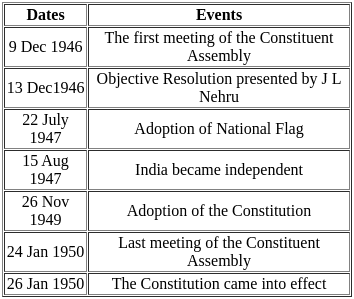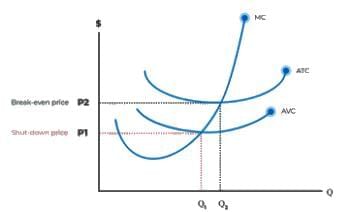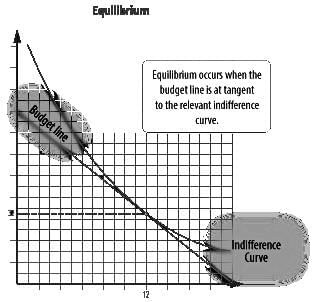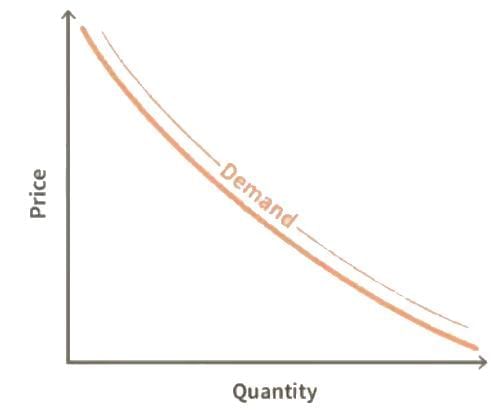MPTET Varg 1 Economics Mock Test - 1 - MPTET MCQ
30 Questions MCQ Test - MPTET Varg 1 Economics Mock Test - 1
दिए गए वाक्य का वह भाग ज्ञात करें जिसमें कोई त्रुटि है। यदि कोई त्रुटि नहीं है, तो ‘कोई त्रुटि नहीं है’ विकल्प को चुनिए।
(1) प्रकृति हमें अभ्यन्तर (2) परोपकार का (3) संदेश देती है। (4) कोई त्रुटि नहीं है।
Directions: Select the synonym to the underlined word and mark your response accordingly.
He had a relentless determination to finish his assignment.
The below series uses a sequence of alphabets, numbers, and symbols. Identify the incorrect combination:
i) N_@09$#_#,!*mK!
ii) N_@90$#_#,!*mK!
iii) N_@09#_#,!*mK!
iv) N_@09#_#,!*mK!
The point where the firms are able to meet their variable costs is called
Which of the following conditions satisfy for producer's equilibrium?
1. Marginal Revenue = Marginal Cost
2. Marginal Cost must be rising.
Choose the correct code.
At the point of consumer’s equilibrium, the slope of Indifference curve and of the Budget line should be
The value of the slope of a normal demand curve is
Which of the following is India’s first Paperless Budget?
________ is the rate at which the Reserve Bank of India lends money to commercial banks.
Which of the following is NOT a type of data classification?
When was National Food Security Act enacted?



















